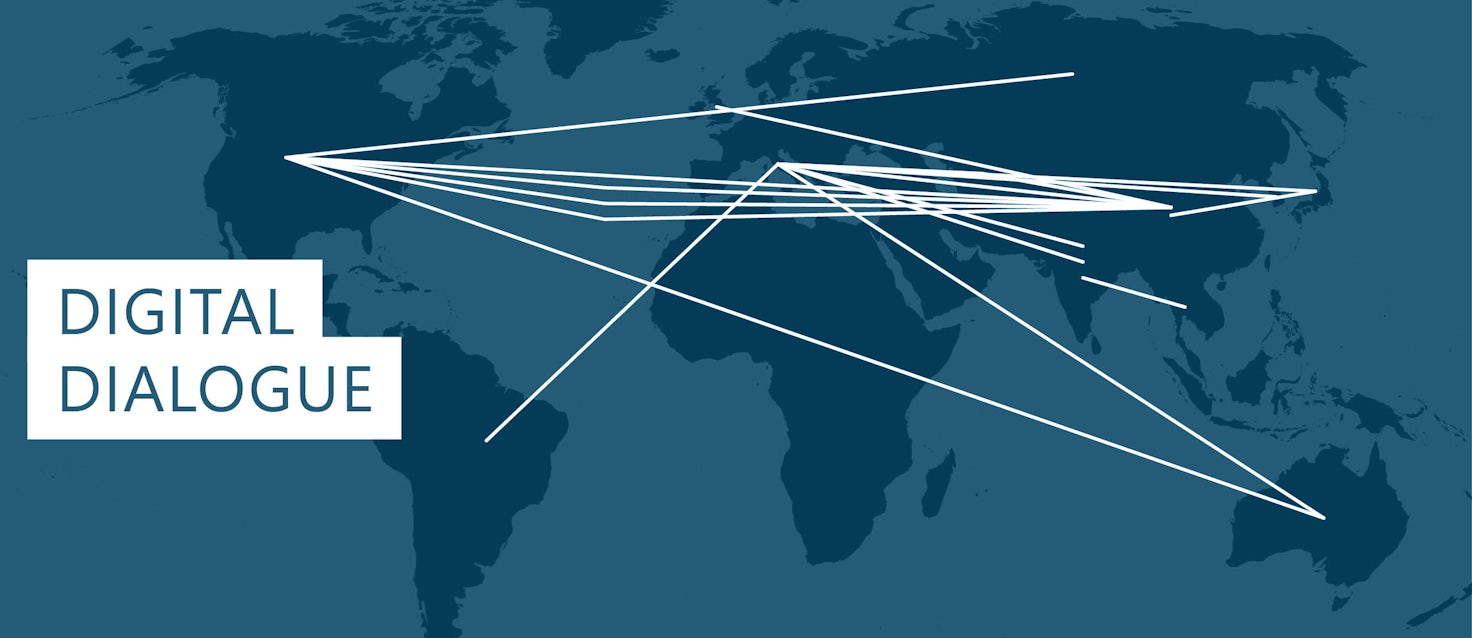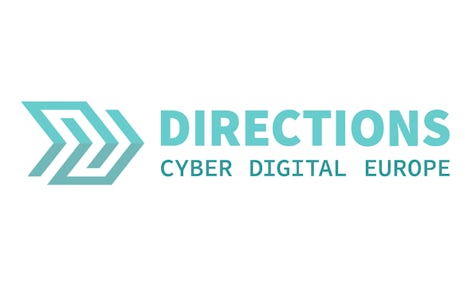Executive Summary
Over a decade ago, few governments had policy experts, diplomats or ambassadors capable of navigating the complex and multifaceted issues that were emerging around information and communications technologies (ICTs). In addition, few universities and think-tanks had the blended knowledge and expertise required to inform and challenge government responses to how the technologies were being developed and used. In the 2000s this began to change, evidenced in the growing importance afforded to the technologies on bilateral and multilateral diplomatic agendas across the globe.
In parallel with these changes, secondary forms of diplomacy such as track 1.5 and track 2 dialogues provided both policy-makers and the research community with an opportunity to quietly engage on issues related to cyberspace, ICTs and international security with counterparts in other states. Through these quiet conversations, participants were able to raise awareness and contextualise emerging challenges; clarify views and perceptions on cyber-related policy, legal and technical issues emerging on the international security agenda within the UN and elsewhere; and signal concerns.
These initiatives—the product of much policy entrepreneurship and creativity—often served as bridges to more official diplomatic engagement, at times contributing to tangible policy outcomes and at times just building and nurturing much-needed relationships. Moreover, they reflected a political will on the part of national leaders and research communities across the globe not just to proactively seek answers to complex policy questions, but also to put in place mechanisms to prevent potential misuse of ICTs from inadvertently leading to misunderstandings and, potentially, conflict escalation at a time of brewing change and uncertainty in the international arena. The context for such dialogues has, however, changed. This paper provides a landscape review of these secondary forms of diplomacy and their relation to ICTs, cyber and international security against the backdrop of this period of change and uncertainty in international affairs.
Key Takeaways
- Information technologies have become ever more central to the strategic and national security interests of governments, particularly the major powers, and their relations with other states. Conversely, opportunities for formal bilateral dialogue between states, particularly the nuclear powers, have grown limited. This situation is affecting all levels of interaction between communities of practice across nations, not just the official level.
- While discussions between states on responsible behaviour relevant to the use of ICTs continue to mature alongside an increasingly detailed normative framework, malicious activity involving states or their proxies continues largely unabated, posing serious harms to individuals and communities as well as enormous costs to businesses and governments (and, by extension, taxpayers) around the world.
- At the same time, the international community is at an important inflection point. Incipient efforts by some of the major powers to re-engage bilaterally on a range of strategic issues, including their respective behaviours relevant to cyberspace and information technologies, provide a new impetus for dialogue and cooperation. So too do the positive outcomes of the recent UN Open Ended Working Group (OEWG) and the UN Group of Governmental Experts (GGE).
- As in other policy areas, states’ diplomatic engagements regarding ICTs and cyberspace will continue to be driven by calculations of national interest. Yet the very nature of the technologies and our collective growing dependency on them requires states to look beyond national interests. Navigating the complex problems that will continue to emerge around information technologies in the coming years will require significant bilateral and multilateral engagement, the encouragement of policy entrepreneurship and creativity, and a serious injection of political will on the part of national leaders across the globe. Political will is needed to ensure that they use information technologies responsibly both at home and abroad and that in doing so, they adhere to the binding and non-binding commitments that they have openly endorsed at the UN and elsewhere, including when developing and deploying relevant capabilities and when responding to malicious ICT activity involving other states or their proxies. Also, political will is required to engage with all states, including adversaries, on extant and emerging problems, and to attempt to resolve tensions diplomatically and by other peaceful means where legitimately possible.
- A decade of practice shows how secondary forms of diplomacy—track 1.5 and track 2 in particular—can quietly and steadily contribute to these official efforts, helping build bridges between states and different communities of practice and allowing for frank and pragmatic discussion below the threshold of formal politics and policy. Yet, as we discuss in this paper, these secondary tools of diplomacy are not without their own challenges. For one, it has become harder to engage with counterparts in other regions and countries, sometimes for valid security reasons, although just as often not. The Covid-19 pandemic has provided some respite, allowing for online forms of interaction across borders, yet these formats have limitations. As the public health situation very slowly normalises across the globe, constructive consideration needs to be given to how to remove hurdles (political, legal and other) to such non-official interactions, so that much-needed exchanges between researchers and other communities of practice can continue to take place.
- It would be disingenuous to restart or launch into cyber-related track dialogues without serious consideration of a range of factors: from the national, (geo)political and personal interests that drive them to how they might be perceived or exploited, through an in-depth understanding of what has already been achieved at the multilateral, regional and bilateral levels. Where are new thinking and more coordinated and strategic engagement needed? Where may openings for further discussion lie? Where might political obstacles arise? There are also the more procedural yet often highly sensitive elements discussed herein, such as who to engage, who convenes and facilitates a dialogue, the nature of expertise required, funding, process design and management. The ‘markers of an effective dialogue’ discussed in this paper and outlined in the Appendix are but one small step in this direction.



